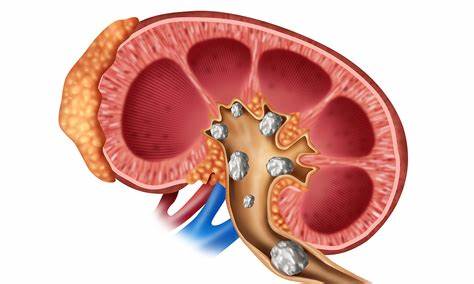Abstract
Study objective: To compare analgesic efficacy and safety of intravenous lidocaine and ketorolac combination to each analgesic alone for ED patients with suspected renal colic.
Methods: We conducted a randomized, double-blind trial comparing analgesic efficacy of a combination of intravenous lidocaine (1.5 mg/kg) and ketorolac (30 mg), to ketorolac (30 mg), and to lidocaine (1.5 mg/kg) in patients aged 18-64 presenting to the ED with suspected renal colic. Primary outcome included difference in pain scores between the groups at 30 min. Secondary outcomes included a comparative reduction in pain scores in each group from baseline to 30 and 60 min as well as rates of adverse events and need for rescue analgesia at 30 and 60 min.
Results: We enrolled 150 subjects (50 per group). The difference in mean pain scores at 30 min between Lidocaine and Lidocaine/Ketorolac groups was -2.89 (95% CI: -4.39 to -1.39); between Ketorolac and Lidocaine/Ketorolac group was -0.92 (95% CI: -2.44 to 0.61); and between Ketorolac and Lidocaine was -1.98 (95% CI: -3.69 to -0.27). A comparative percentage of subjects in each group required rescue analgesia at 30 and 60 min. No clinically concerning changes in vital signs were observed. No serious adverse events occurred in either group. Commonly reported adverse effects were dizziness, nausea, and headache.
Conclusion: The administration of intravenous lidocaine/ketorolac combination to ED patients with suspected renal colic results in better analgesia in comparison to lidocaine alone but provides no analgesic advantages over ketorolac alone. Clinicaltrials.gov Registration: NCT02902770.
Keywords: Analgesia; Emergency Department; Ketorolac; Lidocaine.
Copyright © 2019 Elsevier Inc. All rights reserved.

